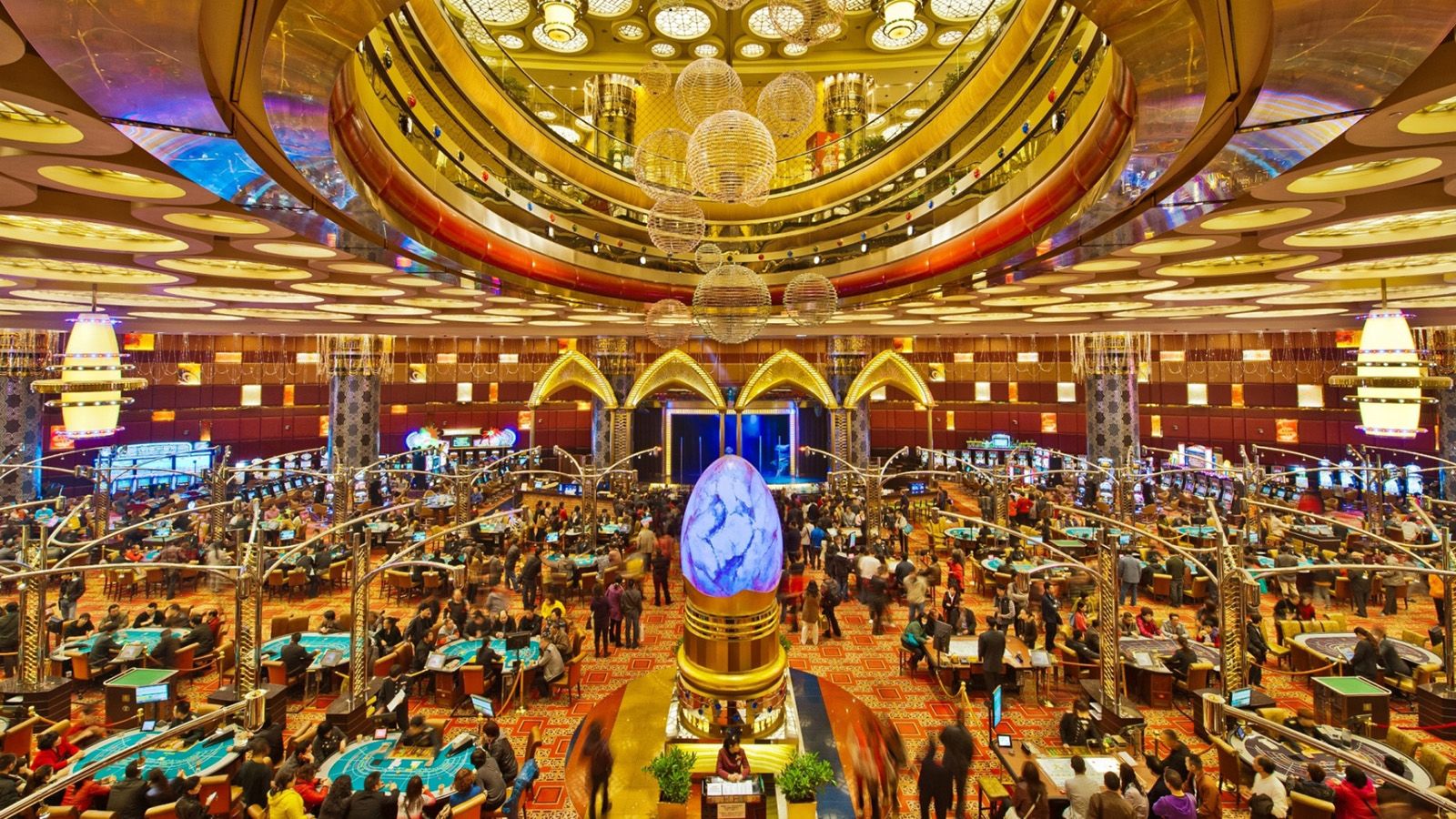
Casino games have long captivated the human imagination, drawing players into a realm filled with fortune, strategy, and the allure of adventure. Each experience is meticulously crafted not just for enjoyment, but also to evoke targeted emotional responses that keep players immersed and interested. Understanding the motivations behind these designs reveals much about how human psychology plays a crucial role in the gaming experience.
From the bright lights and vibrant sounds to the intricate layering of guidelines and payoffs, casino games are designed to create an atmosphere of thrill and eagerness. Game designers leverage mental cues to influence gambler behavior, whether through the use of big prizes, near-miss scenarios, or social connections. By examining these aspects, we can better appreciate how casino games fulfill not just a want for entertainment, but underlying psychological needs for thrill and risk.
Understanding Player Actions
Casino games are engineered with a deep comprehension of player psyche, which is crucial for drawing in and retaining players. The thrill of the game, coupled with the expectation of winning, creates a formidable draw. Game designers make use of elements like audio cues, dynamic graphics, and engaging gameplay to engage attention and elicit emotional responses. These sensory experiences enhance the overall experience, making players feel more involved in the game.
Another significant aspect of player behavior is the notion of risk and reward. Casino games often manage risky situations with the potential for significant rewards, which can lead to the phenomenon known as near-miss effect. When players come close to winning, the brain produces dopamine, reinforcing their behavior and motivating them to persist playing in search of that fleeting win. This cycle of hope and disappointment plays a crucial role in how games are constructed and marketed.
Lastly, social elements also play a central role in player behavior at casinos. Many games are crafted to be played in groups or in company with other players, creating a sense of togetherness and shared experience. The interaction inherent in games like poker enhances enjoyment and can culminate in prolonged gaming periods. Designers capitalize on this by designing environments that prompt players to remain, socialize, and come back, making the overall casino experience more attractive.
The Role of Imagery and Sound
Visuals and audio play a significant role in enhancing the player’s experience within gambling games. Designers utilize bold colors, striking graphics, and captivating animations to grab gambler’s attention and maintain their interest. The use of motifs, such as exploration or luxury, helps create an enthralling atmosphere that transports players into a different world. By connecting to the senses, these elements add to a heightened emotional response, prompting players to interact more profoundly with the games.
Sound design is just as important in enhancing the experience of casino games. not on GamStop The mix of background music, audio effects for winning combinations, and environmental noises creates an auditory landscape that keeps players fascinated. Sounds associated with victories, such as chiming bells or festive music, evoke feelings of excitement and satisfaction, encouraging players to keep playing. These sound cues are strategically placed to amplify the thrill of the game and create a more immersive experience.
Moreover, the alignment of visuals and audio is essential for reinforcing the game’s overall theme and atmosphere. Each element should align seamlessly to create a unified experience that draws players in. The effective use of this synergy not only enhances user enjoyment but also increases the likelihood of return play, as players become more invested in the captivating world that the gambling games offer. This thoughtful integration of visuals and sound ultimately enhances player involvement and loyalty.
Reward Systems and Participation
The creation of casino games significantly depends on incentive systems to ensure players involved and coming back for additional experiences. These structures are rooted in psychological principles that take advantage of human behavior and desire. Participants are often motivated by the excitement of success, which is supported by immediate feedback through the game structure’s design. This prompt satisfaction not only enhances the gaming experience but also cultivates a feeling of achievement, prompting participants to keep playing in hopes of greater gains.
Casinos adopt various incentive systems, such as jackpots, bonuses, and increased rewards, to engage players. These elements create a level of thrill that sustains engagement. Additionally, the unpredictability of results plays a significant role in sustaining attention. The variable reward system, where successes are random but occur often enough, maintains participants on edge and motivated to continue participating. This loop of hope and expectation is foundational to the success of gambling experiences.
Moreover, community aspects, such as tournaments and collaborative options, enhance the participation factor by tapping into the desire to compete of participants. The shared experience of gaming with fellow participants can intensify the excitement of winning and create a sense of community within the gaming space. By integrating these community elements with effective reward systems, casino games not only offer fun but also nurture a deeper connection among players, reinforcing their loyalty to the gaming experience.



